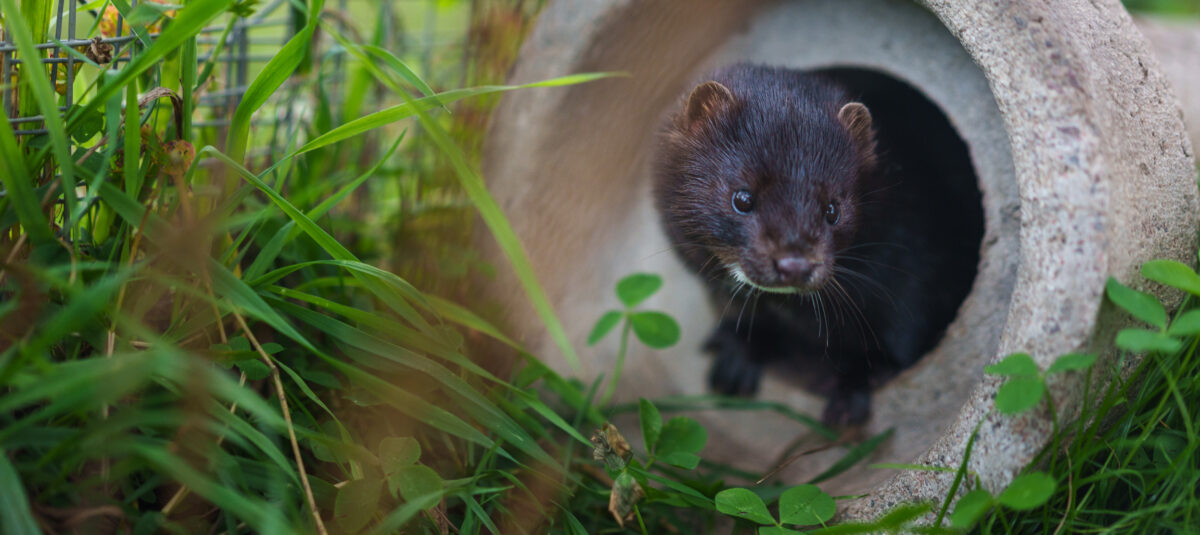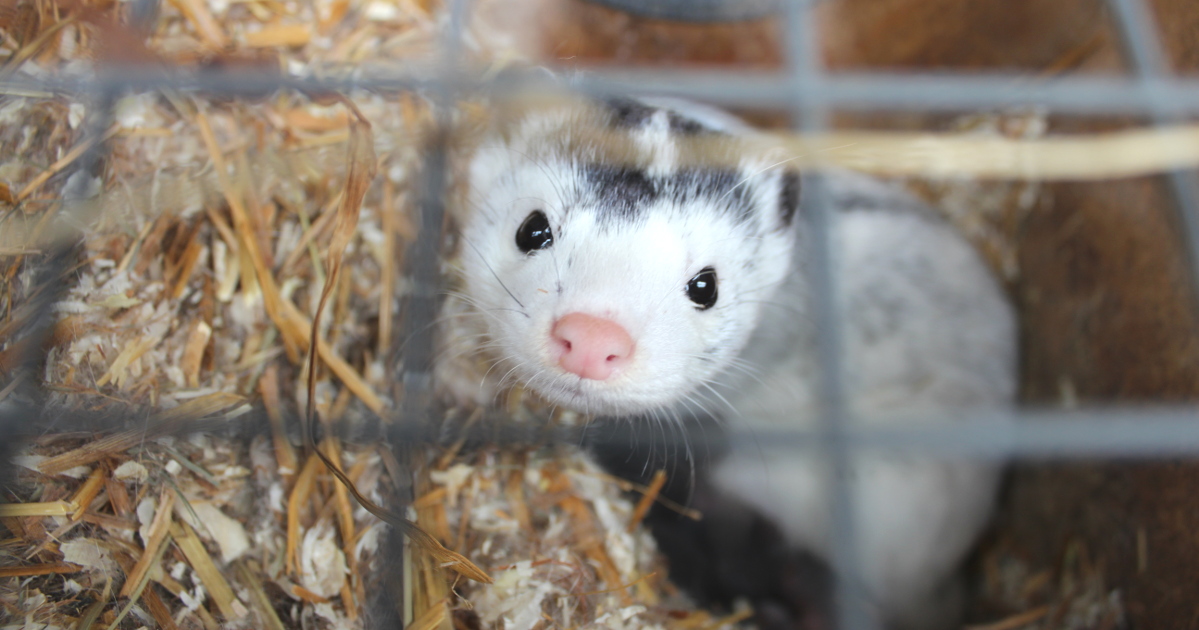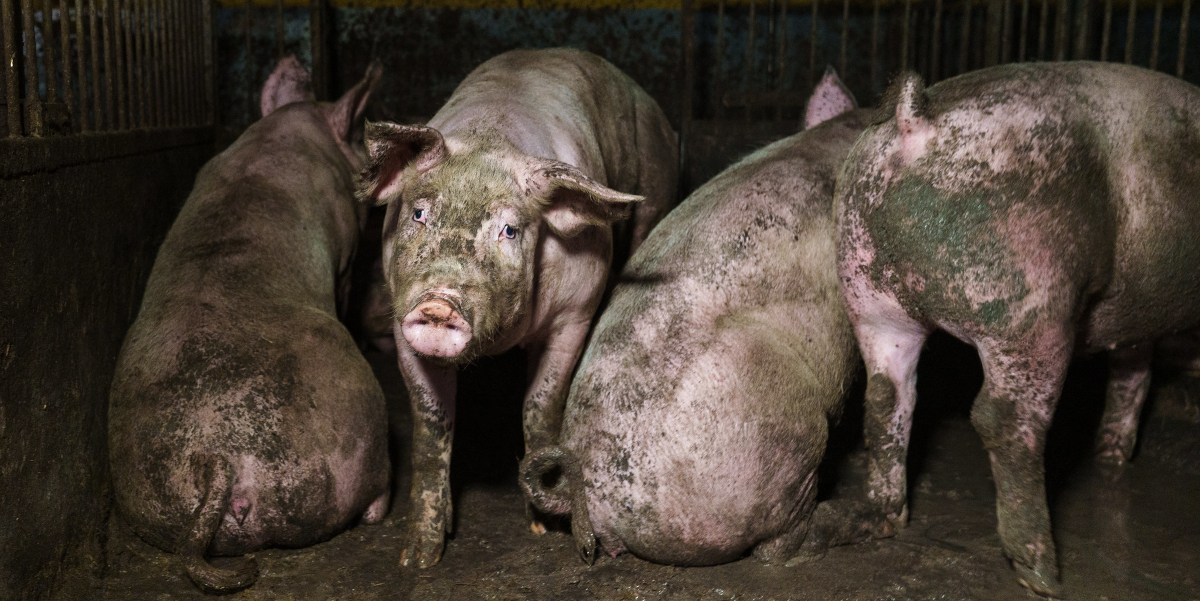ARK is a private, non-governmental and non-profit organization dedicated to rescuing abandoned and unwanted animals in Japan. We asked the founder of ARK, Elizabeth Oliver, what is the pet welfare situation in Japan.
Elizabeth Oliver, the founder of ARK (Animal Refuge Kansai) in Japan, was born and raised in the United Kingdom. During her childhood she grew up with lots of pets such as rabbits, guinea pigs, dogs and cats. She was introduced to riding as a hobby at a young age and she had her own pony at 7 years old. She was taught by her parents the responsibility that comes with pets; for example, she was always asked before eating time that have the animals been fed. During her youth and adulthood riding remained a very important hobby for her. Before arriving in Japan, she had studied Agriculture in University focusing mainly on milk production and dairy cows. During her studies she did an internship with Jersey cattle and after studies she worked at the national dairy institute in UK as a researcher.
Ending up in Japan was not planned, but more of a summary of coincidences. Elizabeth travelled a lot during her adulthood and during one of her trips her VISA expired during a visit in China in 1965 and through fate she stumbled on to a German cargo boat heading to Kobe, Japan. In Japan she contacted a family friend and ended up staying there for 6 months. Determined to go back to Japan for a longer time she went back to UK and studied Japanese at London University. Three years later she went back to Japan to live and teach English at the Osaka Institute of Technology.

ARK — Animal Refuge Kansai
In addition, to teaching English in Japan, Elizabeth also volunteered at an animal shelter organization in her free time. Through volunteering at this organization, she realised the need for shelters in the country. The problem in this organization was that they were taking in all dogs, resulting in approximately 10 000 dogs being euthanized in a year while only about 30 were rehomed. From these 30 dogs all were adopted to foreigners, because they thought that Japanese were not good dog owners. Elizabeth thought that firstly you cannot prohibit 120 million people from keeping a dog and secondly there must be a way to run a shelter while ending up with lower euthanasia and higher rehoming rates. She added that she acknowledges that the downside for lowering the euthanasia rate is to say that they are full instead of taking all dogs in, but also sees this as a more ethical way of running the shelter.
Elizabeth established ARK on 1990. She bought land in Nose and the organization grew steadily while she had a few volunteers to help, but she was mainly running the organization by herself then. Everything changed in 1995 due to a big earthquake in Japan which resulted in ARK becoming the main shelter where animals were being brought in and the number of animals in the shelter grew rapidly. Since then ARK has become the biggest animal shelter in Japan and is also most known among Japanese people. There are also a few other smaller shelters in Japan, but there is very limited space in these places.
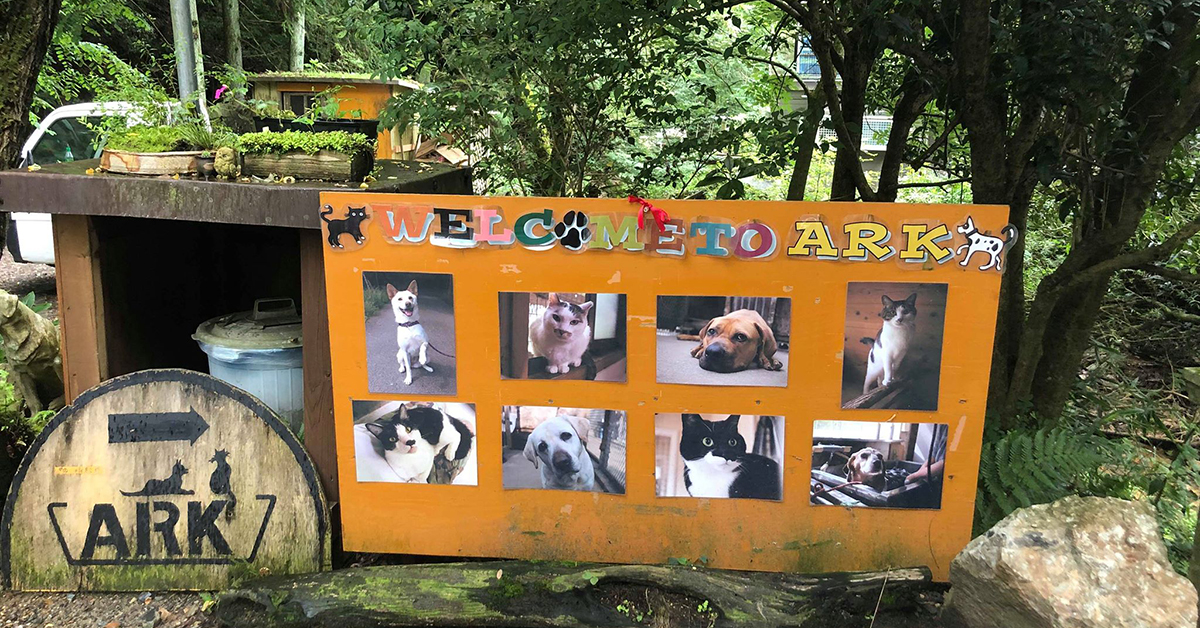
Nowadays ARK is a registered NPO (not for profit organization). ARK has the main shelter in Nose and another shelter in Sasayama. There are also many foster homes that are searching for home on ARK webpage. A devoted paid staff of 30 plus equally devoted volunteers look after 300 dogs and cats. In addition to dogs and cats there have been a lot of other animals in ARK’s care such as pigs, goats, chickens, ducks, foxes, racoons and so on. The purpose of ARK is to rehome animals and give education to new home owners regarding the pet’s welfare. The adoption process consists of a questionnaire to fill in and afterwards an interview. During this process ARK measures whether the new family would be a good fit for the animal while also educating them about general pet welfare. In addition to these basic goals, ARK also aims to finish the ongoing construction project with the new shelter in Sasayama where there will be more availability in terms of space for the animals.
The biggest challenge for ARK today is space and money. Japanese have an ageing population and they give up old pets which are not easily rehomed. The ageing population has also been the biggest donation group for ARK and the younger generation donates smaller amounts. This is a big pressure on the finances. ARK is financed mainly with donations from people and companies. The Government does not fund animal shelters at all. ARK has different donation programmes such as membership, sponsorship (of an animal) and also fundraising by volunteers held for example in their work place.
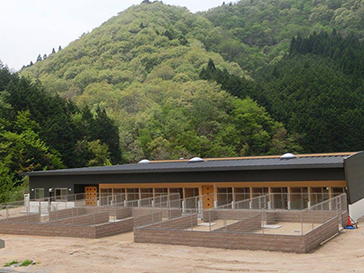
The need for better legislation
For Japanese the most common pets today are cats and majority of these are indoor cats. Dogs are also very popular pets. Japanese usually get their pets from pet shops and these are usually breeds such as toy poodles and other small breeds that are popular amongst Japanese. Pet shops and breeders are a big issue in Japan. Dogs and cats are sold in pet stores and they usually come from breeders whose facilities are basically puppy mills. There needs be a big U-turn in consumers mindsets to change this way of thinking.
The biggest improvement that Elizabeth has seen in Japan in terms of pet welfare has been the change of nature in dog ownership. Before the war people kept a dog for function such as guarding or hunting. Ordinary people did not have dogs as pets. After the war people moved out of their so-called “rabbit-hutches” (apartments) and started to buy their own houses so people started to get dogs as pets. Not just any pet would do, but one that was fashionable. This meant many breeds became popular for a short time only; the Husky was one example; a cold climate dog, difficult to train and shedding hair which Japanese hate.
People usually end up giving up their pets in Japan for the same reasons as in any other country, which is basically a change in the family situation such as divorce, bankruptcy, allergies and moving and old people getting sick or passing away. People used to go to public pound if they wanted to give up their pets, but a lot of pounds have stopped euthanizing dogs and turning them away in an attempt to reach “zero-killing” before the Tokyo Olympics in 2020. Today they mostly just abandon them since Japan has very few shelters for dogs. Sometimes people also call ARK wanting to give away their pets.
In order to reduce the number of homeless animals, Elizabeth thinks that there should be better education about pets in general. People take on pets too easily and they don’t think about what the dog is going to become in terms of size and character and also the general costs for pet keeping, veterinary bills and so on.
Animal protection laws are mostly non-existent in Japan. There is only one law established in 1973 which is very ineffective. Animal cruelty is not defined properly and for example vets and local authorities do not really understand the term. ARK has had a few big cases where they have tried to prosecute someone for animal cruelty. Usually there is very little punishment even if convicted. One case was a breeder of Shibas and Akitas who had kept the animals in a very poor environment. He had actually put all his property under his son´s name since the son was handicapped. This actually prevented the police from taking actions, but a few years later another case of animal cruelty was brought against him and that person was eventually fined.
Elizabeth hopes to see in the future a change in the law when it comes to animal rights and a proper definition of cruelty. Japan could use as an example advanced European countries law such as Switzerland which has the best animal protection laws in Europe.
If you are interested to find out more about Animal Refuge Kansai (ARK) or to help them for example by volunteering, adopting (only, if the person has lived in Japan previously) or donating, you can check more information on their home page Animal Refuge Kansai (the link will open in a new tab).
Photos: Donata Nissim (photos of Elizabeth Oliver and the shelter) and Unsplash.



